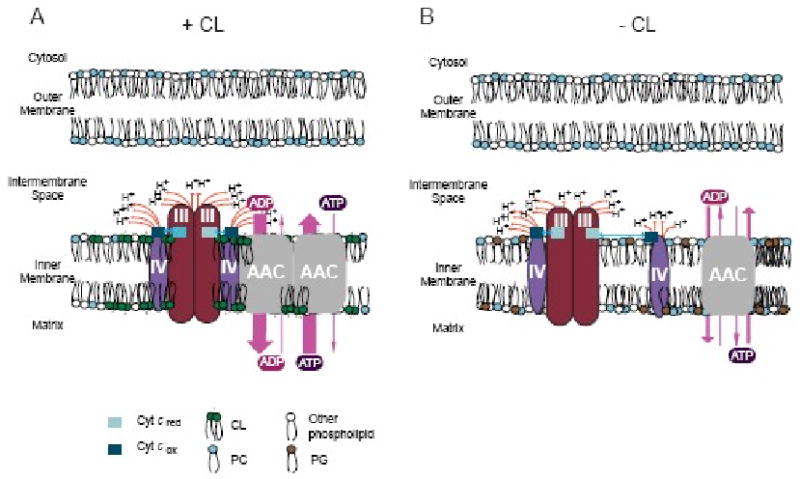Figure 2. The contribution of CL to energy efficiency.

(A) CL, the “green’ phospholipid, facilitates cyt. c (blue squares) transport between complexes III (cherrywood ovals) and IV (purple ovals) by stabilizing the III2IV2-AAC2 supercomplex and stimulates AAC (gray squares) activity by placing it in an electrochemical bath provided by the proton–coupled electron transport activity of complexes III and IV. (B) In the absence of CL, the absolute activity of the electron transport chain is reduced due to partial destabilization of the respiratory supercomplexes, the proton pumping capacity of the electron transport chain is decentralized, and AAC2 no longer resides immediately adjacent to the electron transport chain. © Claypool et al., 2008. Adapted from Figure 7 originally published in The Journal of Cell Biology. doi:10.1083/jcb.200801152.
